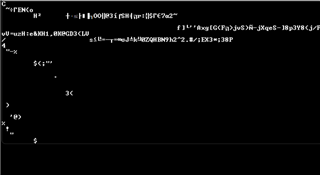Other Parts Discussed in Thread: UNIFLASH
While using the Level Sensor Demo (high_accuracy_14xx_mss), I am unable to print from main.c. I am using CCS version 12, SDK 2.1.0.04, mmWave Industrial Toolbox 4_11_0. At this time, I'm just trying to get any serial print to work. Here's my current code:
//sprintf("%d Range\n",tempRange);
dummyDetectionOut.rangeIdx = (uint16_t) tempRange & 0xFFFF;
dummyDetectionOut.x = tempRange >> 16;
dummyDetectionOut.peakVal = (uint16_t) tempRange1 & 0xFFFF;
dummyDetectionOut.y = tempRange1 >> 16;
dummyDetectionOut.dopplerIdx = (uint16_t) tempRange2 & 0xFFFF;
dummyDetectionOut.z = tempRange2 >> 16;
(above unchanged from the demo)
System_printf("Hello World");
System_flush();
I've tried the following:
1. Default settings in the cfg file (with and without system flush)
2. cfg file modified as follows with a SysMin variable (with and without flush):
var SysMin = xdc.useModule('xdc.runtime.SysMin');
SysMin.bufSize = 32;
System.SupportProxy = SysMin;
For both SysMin and SysStd, I then navigated to Tools -> ROV classic --> SysMin/SysStd and checked what it said there -- in both, it says "Target Running" but shows no other data.
In all cases, the program builds and runs without error -- just also without an output on the serial.
Thank you for your time!




